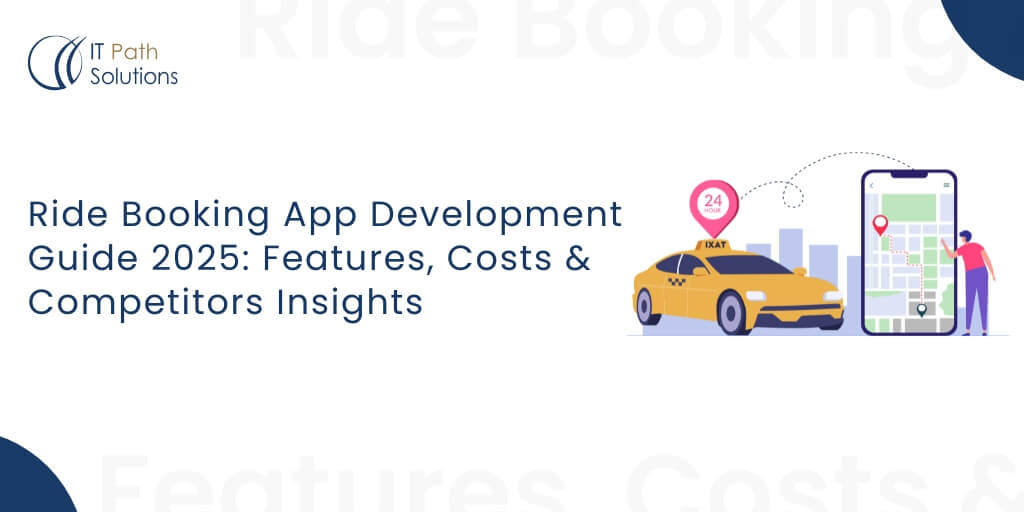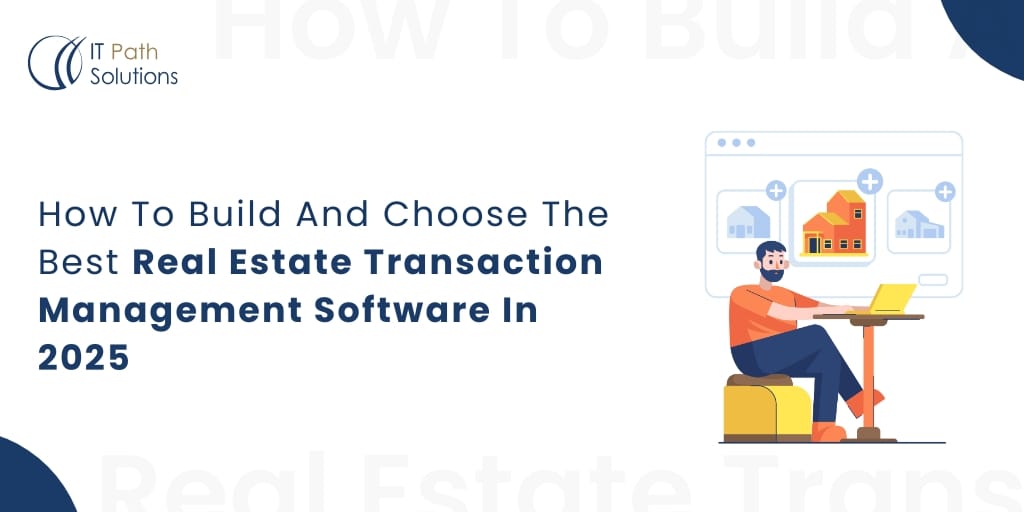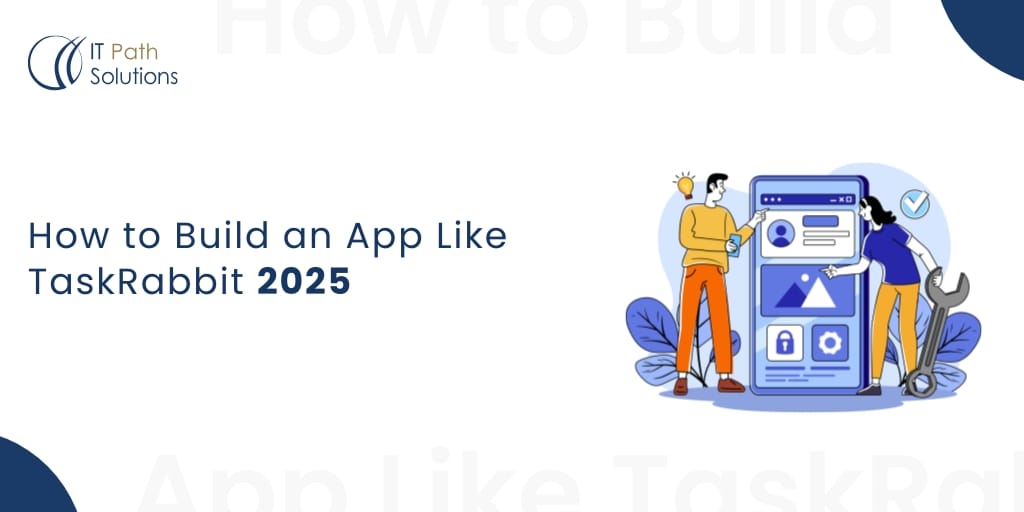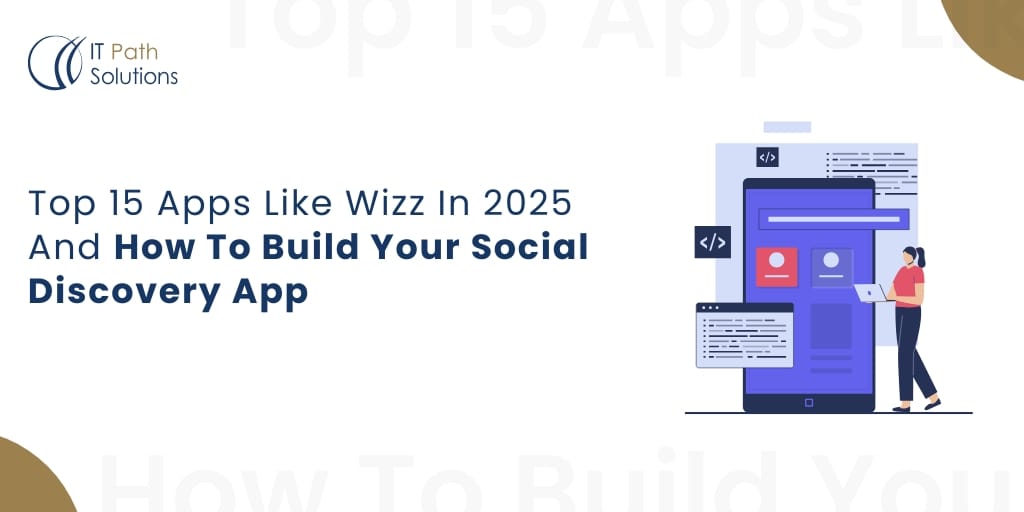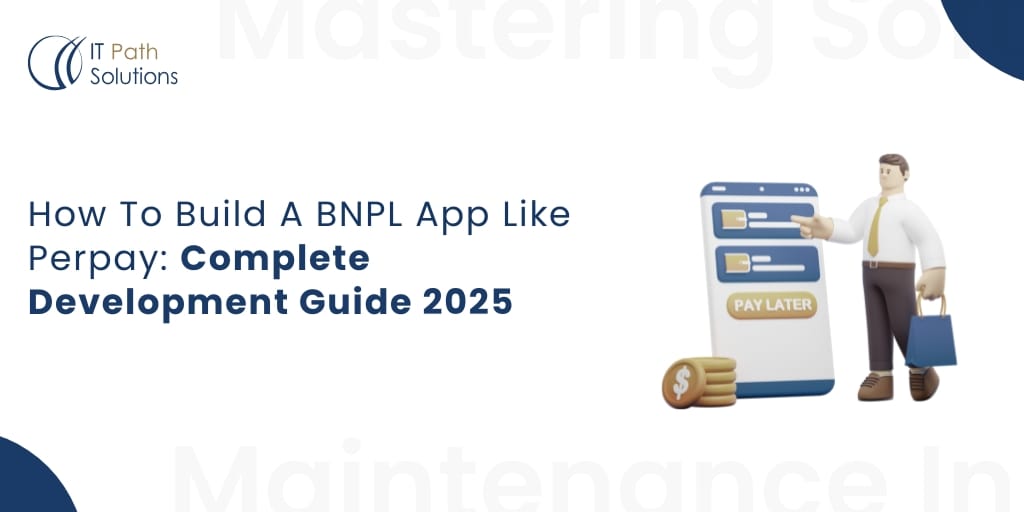Real Estate App Development in 2025: Complete Guide to Building Profitable PropTech Solutions
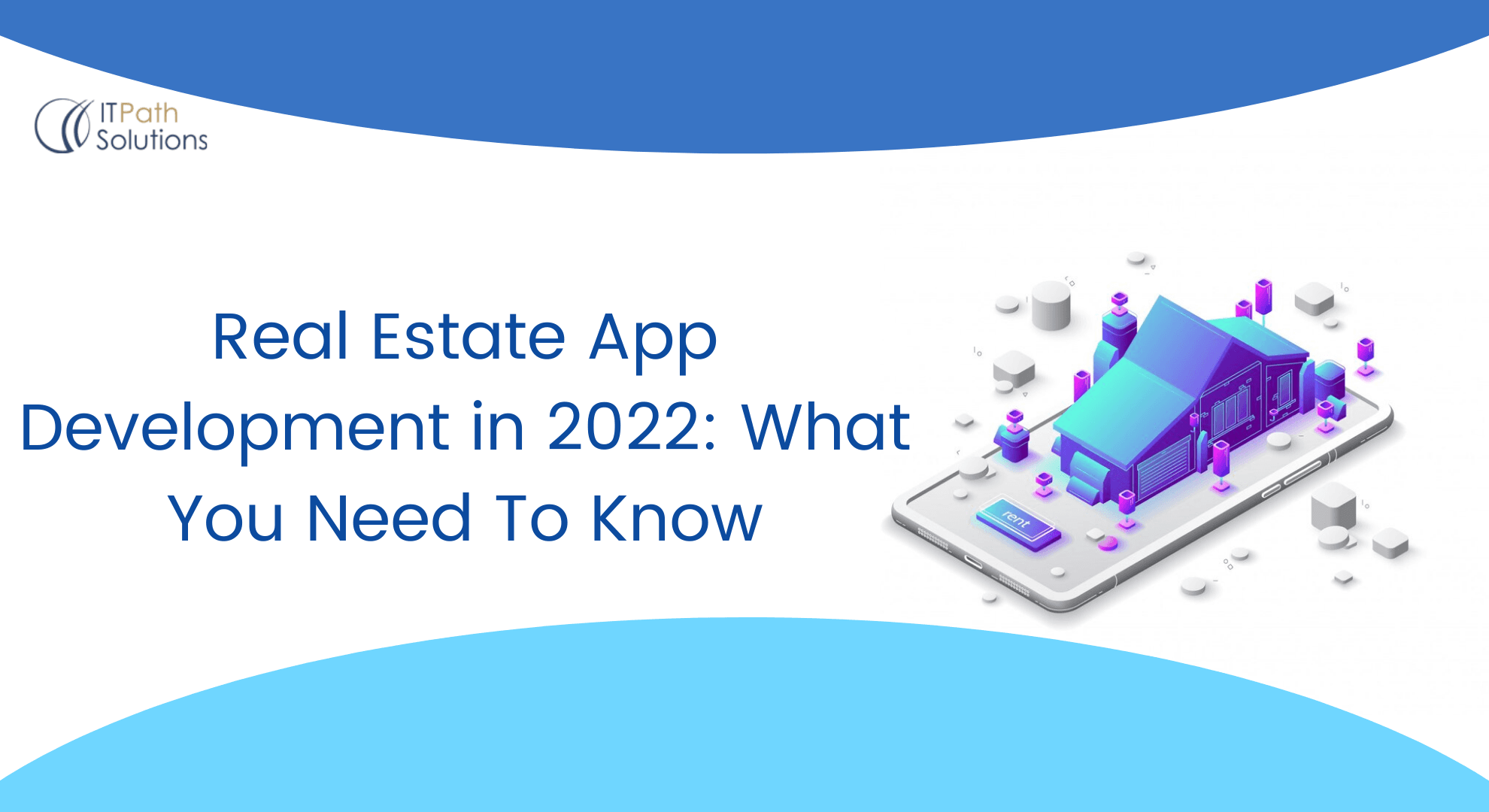
The real estate industry stands at a pivotal moment. Digital marketplaces have become the most frequent way real estate businesses operate today, and entrepreneurs who understand how to leverage mobile technology gain significant competitive advantages. Moreover, the demand for seamless, mobile-first property experiences continues to accelerate globally.
But here’s the challenge: Many real estate businesses struggle with digital transformation. Agents lose high-value leads to competitors operating on modern platforms. Property managers waste hours managing tenant communications manually. Real estate startups don’t know where to begin building their digital presence. Furthermore, entrepreneurs often face overwhelming questions when considering app development: How much will it actually cost? Which features truly matter? Which technology should I choose? How do I compete against established players like Zillow?
These pain points create real obstacles. Your team may be spending 40+ hours weekly on administrative tasks that could be automated. You’re potentially losing 30-40% of leads to competitors with better technology. Your current systems can’t scale as your business grows. Additionally, without the right app strategy, you risk investing $50,000+ into a product that fails to attract users or generate revenue.
Here’s the good news: Building a successful real estate app in 2025 is entirely achievable even for entrepreneurs and business owners without technical backgrounds. Therefore, if you’re considering real estate app development, understanding the key features, costs, and strategic approach becomes absolutely critical for success.
This comprehensive guide walks you through everything you need to know about building a profitable real estate application from feature selection and cost breakdowns to emerging technologies that transform property transactions. You’ll discover realistic budget ranges ($25K to $300K+), essential features that drive user engagement, proven technology choices, and step-by-step processes used by successful real estate companies. Moreover, this guide addresses your specific pain points and provides actionable strategies to help you compete effectively, acquire users rapidly, and maximize your return on investment. Whether you’re a real estate agency owner, property management company, startup founder, or investor evaluating PropTech opportunities, this resource provides the insights you need to make informed decisions and launch successfully.
What Makes Real Estate App Development Different?
Real estate applications require a fundamentally different approach compared to generic mobile apps. Real estate app development emphasizes advanced search functionality, visual content such as property images and virtual tours, and integration of geolocation and maps for location-based search and directions.
Why does this matter for your business? When you build a real estate app, you’re not simply creating a listing platform, you’re establishing an ecosystem where buyers, sellers, and agents connect seamlessly. Moreover, the technical complexity increases significantly because you must handle complex data management, ensure secure financial transactions, and integrate multiple third-party systems simultaneously.
Essential Features Every Competitive Real Estate App Needs
Building a successful real estate application requires implementing core features that directly address user pain points. Here’s what you must include:
Advanced Property Search and Filtering – Your app must enable users to filter properties by location, price range, square footage, amenities, and property type. Additionally, implementing predictive search algorithms improves user experience and reduces bounce rates.
Virtual Tours and AR Property Viewing – A high-performing real estate app in 2025 must be equipped with advanced features such as AI-driven recommendations, AR property viewing, secure payments and smart home integrations. Therefore, incorporating augmented reality visualization allows potential buyers to explore properties remotely, a feature that accelerates sales cycles and expands your market reach significantly.
Real-Time Communication Tools – In 2025, real estate apps are becoming smarter, faster, and more user-friendly with features like AI-powered recommendations, virtual tours, and real-time chat with agents. Consequently, integrating direct messaging between agents and buyers creates frictionless communication that closes deals faster.
Secure Payment Gateway Integration – Ensuring user data security and privacy, especially for financial transactions and personal information, requires substantial engineering efforts, as does integrating with real estate management systems and payment gateways.
Smart Home Integration – Real estate professionals can showcase homes and buildings with IoT technology, emphasizing the advantages of owning this type of property through automations that maximize efficiency and virtual showings.
Real Estate App Development Costs: What You’ll Actually Spend
Understanding realistic development costs prevents budget overruns and helps you plan investments strategically. According to current market data, costs vary dramatically based on complexity and features.
Basic Real Estate Apps – A basic real estate app like property search, listing details, and contact forms may cost around $25,000 to $60,000. However, these foundational applications typically include core features without advanced functionality.
Mid-Range Solutions – Most real estate platforms with moderate complexity fall in the $60,000 to $120,000 range. At this investment level, you gain advanced search algorithms, payment processing, and basic AR capabilities.
Enterprise-Grade Platforms – Integrating advanced features such as augmented reality visualization, virtual property tours, integrated payments, or predictive search can cost around $120,000 or above. Additionally, a Zillow-like platform can exceed 2,500 hours of development, placing total costs significantly higher.
AI-Enhanced Applications – The AI real estate app development cost in 2025 typically ranges from $30,000 to $300,000+, depending on complexity, features, and AI integration level.
Regional Rate Variations – The real estate app development cost in the USA is often higher because rates can range from $80–$150 per hour, whereas regions such as Eastern Europe offer more cost-effective alternatives.
AI and Machine Learning: The Game-Changers for Real Estate Apps
Artificial intelligence fundamentally transforms how real estate apps operate. In 2025, artificial intelligence is at the peak of trends in real estate apps because its integration is understandable from both technical and practical points of view.
AI-Powered Property Recommendations – Machine learning algorithms analyze user behavior, search patterns, and preferences to suggest relevant properties. Moreover, this personalization increases user engagement by up to 40% compared to generic listings.
Predictive Analytics for Market Trends – AI analyzes historical data to forecast price fluctuations, identify emerging neighborhoods, and predict market movements. Consequently, agents equipped with these insights provide superior advisory services that command premium pricing.
Automated Lead Scoring – Your system automatically qualifies and prioritizes leads based on buying probability. Therefore, sales teams focus efforts on high-quality prospects instead of wasting time on unqualified inquiries.
Natural Language Processing for Chatbots – AI-powered chatbots answer common questions 24/7, schedule property viewings, and collect preliminary information. Additionally, this automation reduces response times from hours to seconds.
Technology Stack Selection for Maximum Scalability
Choosing the right technology stack directly impacts your app’s performance, scalability, and maintenance costs. Therefore, this decision requires careful consideration of your specific requirements.
Backend Development – Node.js and Python provide excellent scalability for handling high transaction volumes. Alternatively, Java offers enterprise-grade stability for mission-critical applications processing millions of property listings simultaneously.
Frontend Frameworks – React Native and Flutter enable cross-platform development for both iOS and Android from a single codebase. Moreover, this approach reduces development time by 30-40% compared to native development.
Database Solutions – PostgreSQL handles complex property data relationships efficiently, while MongoDB provides flexibility for varying data structures. Additionally, Redis caching dramatically improves search performance for frequently accessed properties.
Cloud Infrastructure – AWS, Google Cloud, and Azure offer scalable infrastructure that grows with your user base. Furthermore, cloud-based solutions eliminate expensive server maintenance and provide automatic backup systems.
Emerging Technologies Transforming Real Estate in 2025
In 2025, businesses will find significant opportunities by embracing innovations such as AI, IoT, and specialized sectors like data centers to navigate the recovering real estate market.
Blockchain for Transparency – Distributed ledger technology creates immutable records of property ownership, title transfers, and transaction histories. Therefore, blockchain integration eliminates fraud and accelerates closing timelines from weeks to days.
Virtual Reality Property Showings – Beyond AR visualization, VR enables buyers to virtually “walk through” properties from anywhere globally. Consequently, this technology expands your addressable market and attracts international investors.
IoT and Smart Building Integration – Connected devices provide real-time energy consumption data, maintenance alerts, and security monitoring. Moreover, this integration appeals to environmentally conscious buyers and justifies premium pricing.
Step-by-Step Development Process: From Concept to Launch
Phase 1: Market Research and Validation – Begin by identifying your specific market segment. Therefore, research competitor offerings, analyze user pain points, and validate your business model with potential customers before investing in development.
Phase 2: MVP Development – Build a minimum viable product with core features only. Additionally, this approach reduces initial investment risk and enables rapid market entry for early feedback collection.
Phase 3: User Testing and Iteration – Release your MVP to select users and gather behavioral data. Consequently, this real-world feedback identifies critical improvements before full-scale launch.
Phase 4: Feature Expansion – Once your MVP validates market demand, systematically add advanced features based on user requests and competitive analysis.
Phase 5: Launch and Marketing – Develop go-to-market strategies targeting your ideal customer profile. Therefore, invest in SEO optimization, content marketing, and strategic partnerships to accelerate user acquisition.
Choosing the Right Development Partner
Your development partner’s expertise directly impacts project success. Therefore, when evaluating partners, consider these critical factors:
Relevant Experience – Verify they’ve completed similar real estate projects successfully. Moreover, request detailed case studies demonstrating measurable results for previous clients.
Technical Expertise – Confirm proficiency with your chosen technology stack and emerging technologies like AI and blockchain. Additionally, verify their security certifications and compliance with industry standards.
Team Structure – Understand your dedicated team composition, including developers, designers, QA engineers, and project managers. Therefore, larger teams often deliver faster but increase costs accordingly.
Support and Maintenance – Ensure your partner provides post-launch support, bug fixes, and feature updates. Moreover, ongoing maintenance directly impacts long-term user satisfaction and retention rates.
Transparent Pricing – Request detailed cost breakdowns including hourly rates, feature complexity estimates, and potential additional expenses. Therefore, transparent pricing prevents surprise costs and enables accurate budgeting.
Maximizing User Acquisition and Retention
Building an excellent app represents only half the battle, acquiring and retaining users determines long-term profitability. Therefore, implement these proven strategies:
Optimize Onboarding – New users complete account setup and view first properties within 60 seconds. Moreover, streamlined onboarding dramatically increases conversion rates from installs to active users.
Implement Referral Programs – Reward existing users for referring friends with discounts, premium features, or cash bonuses. Consequently, referrals typically acquire users at 40% lower cost than paid advertising.
Personalized Notifications – Send timely alerts about matching properties, price reductions, and exclusive listings. Therefore, relevant notifications increase daily active users while avoiding notification fatigue.
Community Features – Enable users to join neighborhood groups, share reviews, and ask questions. Moreover, community building creates stickiness that reduces churn rates significantly.
FAQ
1) What’s the fastest timeline to launch a real estate app?
MVP launch typically takes 3-6 months with a dedicated team. However, feature-rich applications require 6-12 months or longer, depending on complexity.
2) Should I build for iOS or Android first?
This depends on your target market. Research your ideal customer’s device preferences before committing resources to platform selection.
3) How do I ensure data security in my real estate app?
Implement end-to-end encryption, regular security audits, and compliance with GDPR and local regulations. Additionally, obtain necessary security certifications before launch.
4) What revenue models work best for real estate apps?
Commission-based models (taking a percentage of transactions), premium subscription tiers, and sponsored listings represent proven approaches.
5) How do I compete against established players like Zillow?
Focus on underserved niches, deliver superior user experience, and build community features. Therefore, targeted positioning beats attempting to compete on features alone.
Conclusion
Real estate app development presents exceptional opportunities for entrepreneurs and established businesses alike. Moreover, understanding the essential features, realistic costs, and emerging technologies ensures informed decision-making and reduces risk. Whether you’re building a consumer-facing platform or implementing real estate transaction management software to streamline operations, success depends on aligning technology with your business objectives.
Your Path Forward: If you’re ready to digitize your real estate business or scale your existing operations, start by validating your business model with potential customers. Ask them directly: What pain points frustrate you most? What features would transform your workflow? This validation prevents costly mistakes early on. Subsequently, partner with experienced developers who understand real estate-specific requirements and can recommend whether you need a custom application or leverage existing real estate transaction management software with customization options. Both approaches offer distinct advantages custom apps provide complete control and differentiation, while proven software platforms accelerate time-to-market and reduce development costs significantly.
During Development: Remain agile throughout the entire process, prioritizing user feedback and emerging trends over predetermined features. Launch your MVP quickly, gather real user data, and iterate based on actual behavior rather than assumptions. Furthermore, establish clear metrics for success whether that’s user acquisition rates, transaction volume, lead conversion, or customer retention to measure whether your solution truly solves problems.
The Competitive Landscape: The real estate industry’s digital transformation is accelerating rapidly, and the gap between digital-forward businesses and traditional operators continues widening. Therefore, the time to enter this market is now. However, your competitive advantage emerges from strategic execution, not from being first. Choose your path carefully whether you’re building a niche solution, targeting a specific geography, or solving a particular pain point better than anyone else. Focus on delivering exceptional value to your customers, building a community around your platform, and continuously improving based on their feedback.
Final Thoughts: Real estate businesses that embrace digital tools from mobile apps to real estate transaction management software position themselves to capture market share, reduce operational costs, and provide superior customer experiences. The technology landscape offers abundant options. Your role is to identify which solution aligns with your goals, budget, and timeline. Start today. Execute strategically. Build a business that lasts.
 Healthcare
Healthcare  Education
Education  Real Estate
Real Estate  Logistic
Logistic  Themes
Themes
 Plugins
Plugins
 Patterns
Patterns

